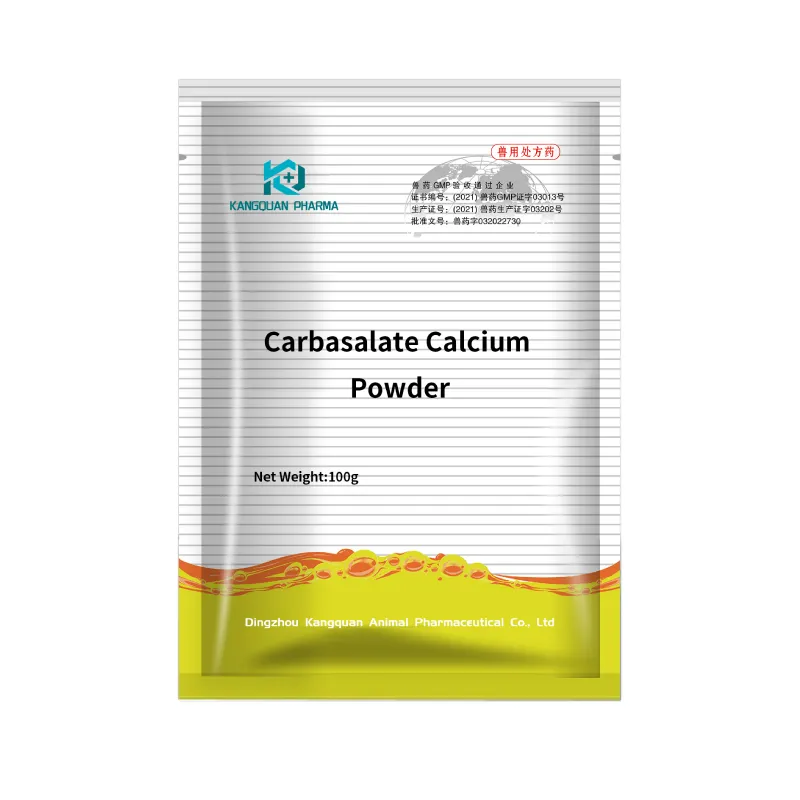- Afrikaans
- Albanian
- Amharic
- Arabic
- Armenian
- Azerbaijani
- Basque
- Belarusian
- Bengali
- Bosnian
- Bulgarian
- Catalan
- Cebuano
- Corsican
- Croatian
- Czech
- Danish
- Dutch
- English
- Esperanto
- Estonian
- Finnish
- French
- Frisian
- Galician
- Georgian
- German
- Greek
- Gujarati
- Haitian Creole
- hausa
- hawaiian
- Hebrew
- Hindi
- Miao
- Hungarian
- Icelandic
- igbo
- Indonesian
- irish
- Italian
- Japanese
- Javanese
- Kannada
- kazakh
- Khmer
- Rwandese
- Korean
- Kurdish
- Kyrgyz
- Lao
- Latin
- Latvian
- Lithuanian
- Luxembourgish
- Macedonian
- Malgashi
- Malay
- Malayalam
- Maltese
- Maori
- Marathi
- Mongolian
- Myanmar
- Nepali
- Norwegian
- Norwegian
- Occitan
- Pashto
- Persian
- Polish
- Portuguese
- Punjabi
- Romanian
- Russian
- Samoan
- Scottish Gaelic
- Serbian
- Sesotho
- Shona
- Sindhi
- Sinhala
- Slovak
- Slovenian
- Somali
- Spanish
- Sundanese
- Swahili
- Swedish
- Tagalog
- Tajik
- Tamil
- Tatar
- Telugu
- Thai
- Turkish
- Turkmen
- Ukrainian
- Urdu
- Uighur
- Uzbek
- Vietnamese
- Welsh
- Bantu
- Yiddish
- Yoruba
- Zulu
Nov . 24, 2024 01:49 Back to list
Comparing Ivermectin Pour-On and Injectable Forms for Livestock Treatment Options
Comparing Ivermectin Pour-On and Injectable Forms for Livestock
Ivermectin is a widely used antiparasitic medication in veterinary medicine, particularly for livestock. It effectively treats a range of external and internal parasites, including mites, ticks, and gastrointestinal worms. Among its various formulations, pour-on and injectable solutions are the most commonly used. Each method has distinct advantages and disadvantages that influence its choice for livestock treatment. This article will compare ivermectin pour-on and injectable forms, highlighting their efficacy, ease of use, and overall impact on animal health.
Efficacy
The primary purpose of both ivermectin formulations is to deliver effective parasite control. Studies have shown that the efficacy of both the pour-on and injectable forms of ivermectin is generally comparable. Both formulations are capable of reducing parasite burdens significantly. However, the mode of action and absorption can vary. Injectable ivermectin is administered subcutaneously or intramuscularly, ensuring quick absorption into the bloodstream, which provides rapid effects against parasites. Conversely, the pour-on formulation is applied topically, where ivermectin is absorbed through the skin and enters the systemic circulation over time. This delayed absorption can result in a prolonged effect but may take longer to reach peak effectiveness compared to injectable forms.
Ease of Use
One of the significant advantages of the pour-on formulation is its ease of administration. Pour-on ivermectin requires minimal handling of the animal, reducing stress for both the animal and the handler. This is particularly beneficial for large herds where individual animal handling can be time-consuming and stressful. Farmers can simply apply the medication along the backline of the animal, allowing for quick and efficient treatment without the need for needles.
On the other hand, injectable ivermectin requires more careful handling. It necessitates the use of syringes and needles, which can introduce additional risks, including needle-stick injuries and the potential for infection at the injection site. Furthermore, improper injection techniques can lead to abscesses or other complications. Additionally, multiple injections may be required for larger animals or herds, increasing the time and labor involved in treatment.
ivermectin pour on vs injectable

Duration of Action
Both the pour-on and injectable forms of ivermectin typically provide long-lasting protection against parasites, but there are differences in their duration of action. The injectable form tends to have a shorter duration compared to the pour-on formulation, as it is released more quickly into the bloodstream and is metabolized faster. In contrast, the pour-on formulation offers a longer residual effect, which can be advantageous in environments with ongoing parasite exposure. This extended duration can be particularly helpful during peak parasite seasons, as it reduces the frequency of treatments needed.
Cost Considerations
Cost is another important factor when comparing these two ivermectin formulations. While the upfront cost of pour-on formulations may be higher, the labor savings associated with ease of application can offset this expense. Injectable forms may appear less expensive initially, but the need for more frequent treatments and labor-intensive administration can lead to higher overall costs in the long run.
Conclusion
In conclusion, both ivermectin pour-on and injectable formulations have their unique advantages and limitations. When deciding which form to use, farmers should consider the specific needs of their livestock, the prevalence of parasites in their environment, and the resources available for treatment. While the pour-on formulation offers ease of use and longer-lasting protection, injectable ivermectin provides rapid action that can be crucial in certain situations. Ultimately, the choice between these two forms of ivermectin should be guided by a comprehensive understanding of their efficacy, administration ease, duration of action, and cost-effectiveness, ensuring optimal health and productivity for livestock.
-
Guide to Oxytetracycline Injection
NewsMar.27,2025
-
Guide to Colistin Sulphate
NewsMar.27,2025
-
Gentamicin Sulfate: Uses, Price, And Key Information
NewsMar.27,2025
-
Enrofloxacin Injection: Uses, Price, And Supplier Information
NewsMar.27,2025
-
Dexamethasone Sodium Phosphate Injection: Uses, Price, And Key Information
NewsMar.27,2025
-
Albendazole Tablet: Uses, Dosage, Cost, And Key Information
NewsMar.27,2025













